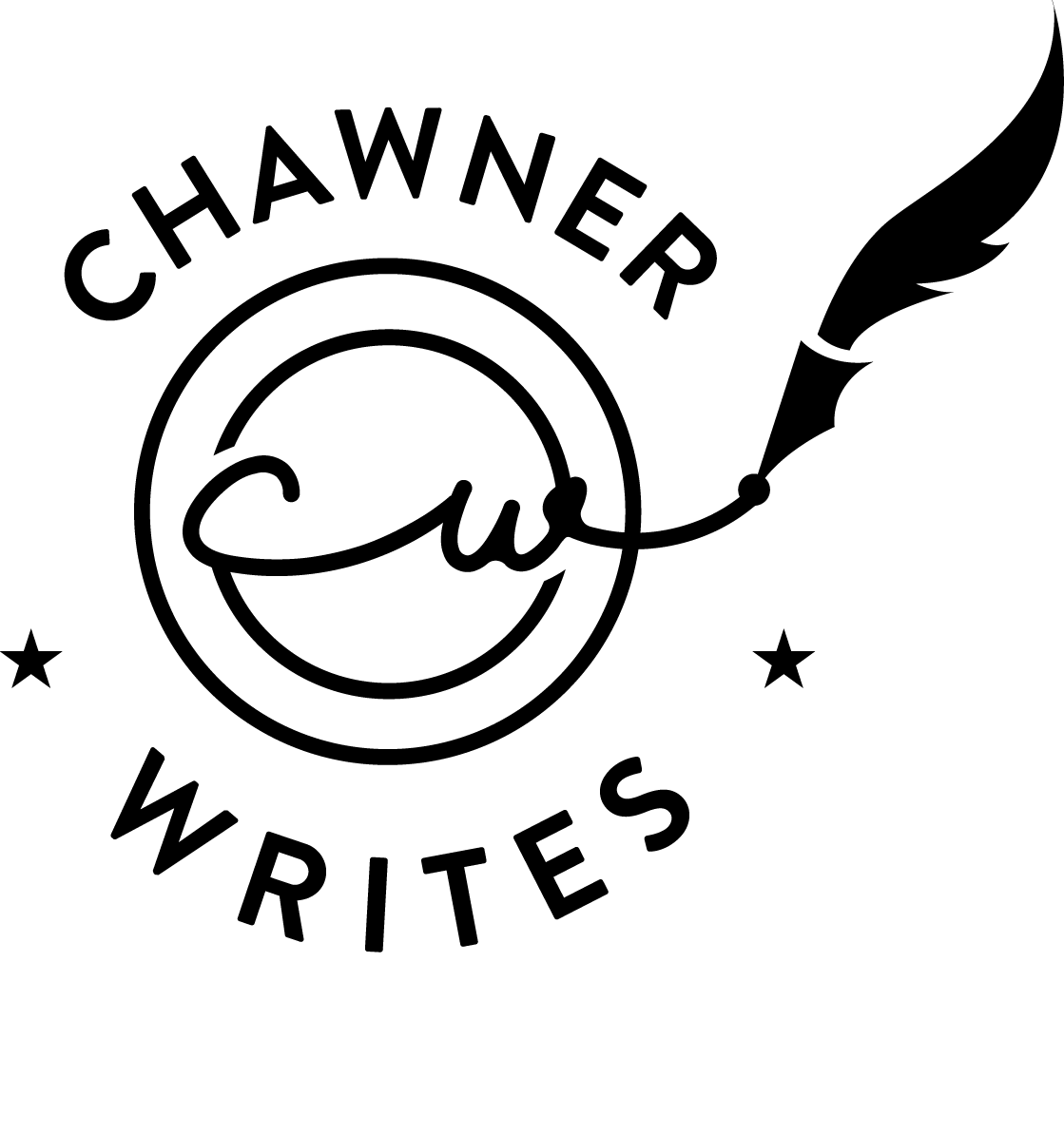
Watching movies and reading is more interesting now that I’ve learned about the mechanics of storytelling. Certain devices, like The Call-to-Adventure jumps off the page or screen.
I watched The Lincoln Lawyer (liked the first three episodes… after that, the show seems formulaic and stereotypical). In the first episode Mickey Haller, who we learn is a down-on-his-luck lawyer in LA with past trauma, inherits a law practice complete with a high-profile case.. the Call to Adventure. This jumps off the screen, especially as someone who didn’t study or learn any of these elements until recently. Before, I had a vague notion of a story needing a “hook”, although I rarely noticed them.
Other choices are more apparent, like how a piece handles background and exposition. Too much exposition is considered sloppy and should be avoided (unless you’re Joyce and load each story with exposition… paragraphs of it starting each short story in Dubliners). This included voice-overs in movies and TV shows as well. I knew it was lazy writing but didn’t understand why. After struggling to build characters and worlds, I understand the need to relay information quickly to the reader. In The Lincoln Lawyer , the writers use different ways to tell us more about the main character. Some is “natural” conversation with his ex-wives and daughter about his past and his struggles. But they also use a hokey exposition device where Haller is explaining to his driver about how he practices law as they drive through the desert in a seemingly unrelated scene.
When I was in college, one of the most popular courses was Dendrology, the study of trees. I love the forest and made a conscious decision not to take this course, to leave the mystery and magic of the forest and not get bogged down in tree identification. I wonder if viewing and reading will hit differently now that I can identify the structures beneath them.
